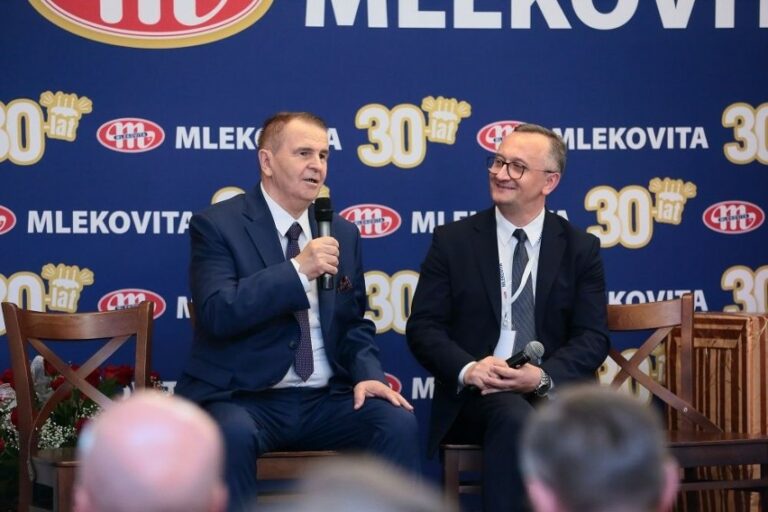New Polish Satellites
On Poland’s Independence Day 11 November 2023 two new Polish satellites were put in orbit by Falcon 9 (SpaceX) starting from Vandenberg Space Force Base in California to launch in total 90 satellites for various companies from all-over the world.
The first Polish satellite Intuition-1 observes the Earth with a hyperspectral instrument and on-board computing unit capable of processing data with use of neural networks (artificial intelligence).Its processing power enables segmentation of hyperspectral images in search for similar patterns, like crops diseases or climate anomalies for hundreds possible applications, like analysing soil parameters to detect i.a. quantities of potassium, phosphorus or magnesium. Use of artificial intelligence in processing data already in orbit increases efficiency and decreases costs of remote sensing. The satellite has been developed by KP Labs, space company created in Gliwice in 2016 by engineers and scientists associated with the Silesian University of Technology. It carries out several projects for the European Space Agency and NASA. The second satellite Stork-7 is equipped with 28 perovskite solar cells in innovative photovoltaic technology to generate energy from both sunlight and artificial light for a wide range of applications. Stork-7 mission is their orbital debut. Perovskite cells are flexible and much lighter than traditional cells, i.e. more efficient in energy generation. Measurements of current, light intensity and temperatures are sent to ground stations for online analyses. This technology has been created by a Polish company Saule Technologies established in 2014, now the owner of the world’s first perovskite cell production line in Wrocław. The satellite and its software have been developed by SatRev, the first Polish commercial company to put its satellite in orbit. It was established in 2016 and specialises in building small, lightweight and nanosatellites. It is listed in the NASA’s “State of the Art Small Spacecraft Technology” 2022 report as one of the best 12 in the world.







